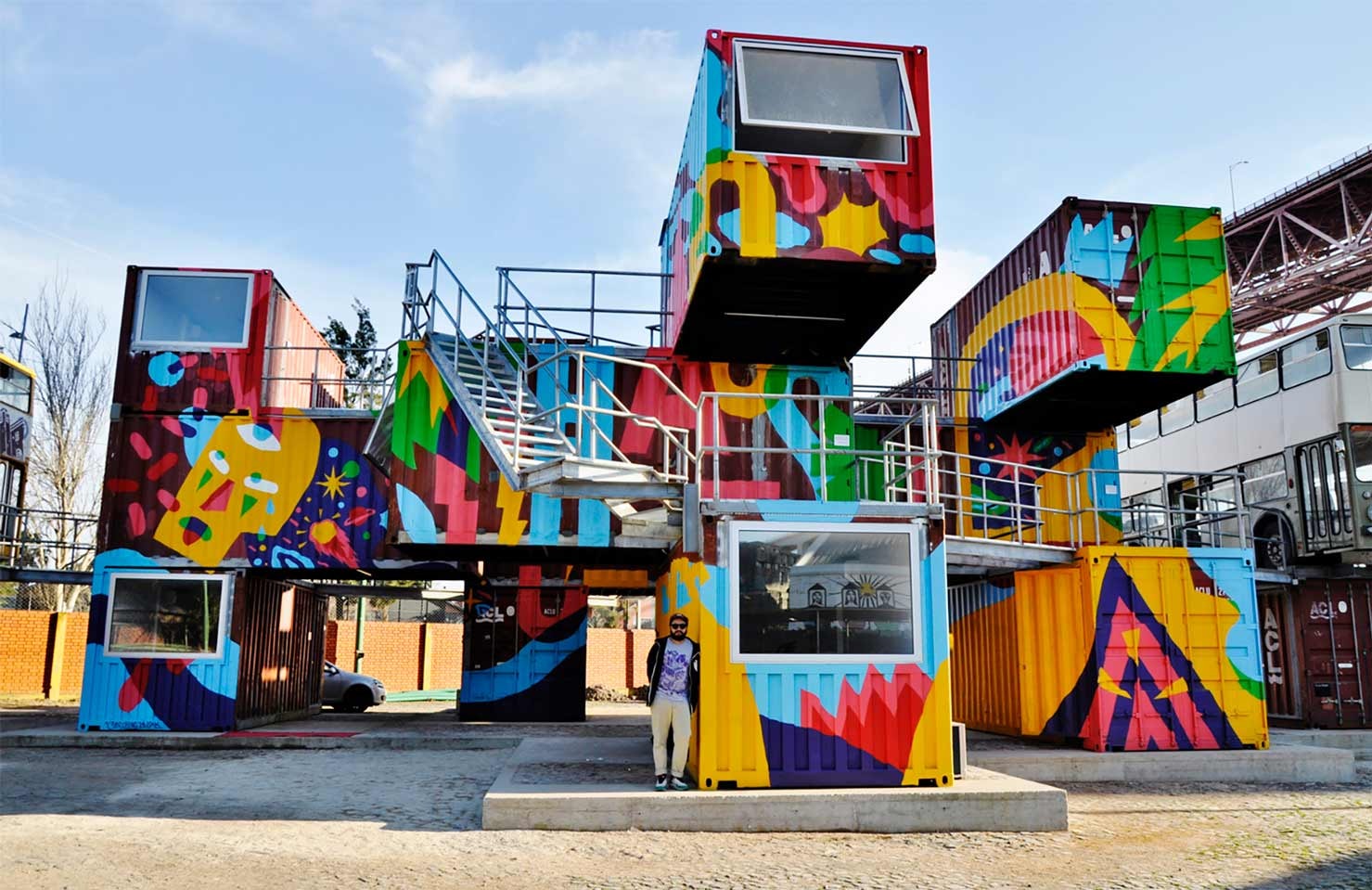From Cave Drawings to Graffiti to Banksy; Graffiti Street Art Grows Up

Cave people really invented graffiti. Dating back to 38,000 BCE, prehistoric humans scratched their cave walls and ceiling as expressions of themselves, and, of course, their world. Today, this art form has somewhat evolved; taken to the streets and into the minds of the cognoscenti. Modern times have given us easy access to spray paint and marker pens (opposed to the rocks used in Ancient Egypt) and the messaging has become stronger and fantastically more relevant. Contemporary graffiti, entwined with hip-hop music and New York’s avant-garde art world of the 20th century, is a tool of communication – expressing hopes, dreams and, above all, starting a conversation.
It was, after all, Banksy, the famed masked satirical street artist from Bristol in the United Kingdom, who mimed lyrically: “Imagine a city where graffiti wasn’t illegal, a city where everybody could draw whatever they liked; where every street was awash with a million colors and little phrases; where standing at a bus stop was never boring. A city that felt like a party where everyone was invited, not just the estate agents and barons of big business. Imagine a city like that and stop leaning against the wall — it’s wet.” And so street art took the baton and ran with it.
“There are plenty of artists creating free, unsanctioned art in the streets, keeping alive the raw energy and creativity that gave rise to the art form in the first place,” says Hakeem Osman, a member of the Lisbon-based cultural platform Underdogs. “The beauty lies in this coexistence we see today.” Underdogs, created in 2010, uses its know-how and love for street art to foster spaces within the contemporary art scene for artists connected with the new languages of urban-inspired graphics and visual culture. And the city of Lisbon feels
this love, exactly.
Portugal’s cute capital seems to be currently placed in the vanguard of the global street-art scene; with both the city authorities and its citizens truly embracing this new form of public art. In fact, the City Council has promoted the artistic side of street art and curbed illegal graffiti. “So many artists emerge from the Lisbon street scene and they are leaving their marks around the world. We’re obviously biased on this one but look at how Vhils (Portuguese graffiti/street artist Alexandre Manuel Dias Farto) has revolutionized urban art,” smiles Osman.
According to Osman, the street art world has changed during the last ten years from an illegal, low-key scene focused on works done in a hurry to a generalized acceptance by cultural and municipal institutions. And it is these very institutions that have helped develop a new form of public art based on sanctioned large-scale productions, thus allowing perceptions to change.
“This new approach has brought about many benefits: it has enabled artists to develop and present their work in ideal conditions; it has enabled street art to better integrate into the city fabric and it has given it a legitimacy that has results in recognition by researchers and art specialists as a serious, valid art movement in its own right,” says Osman.
Street art, with its gestures against society, has finally come into the mainstream conversation and has become contemporary society’s show of its hand. But like Osman says it’s hard to predict how it will evolve in its next incarnation. “The amazing thing about this movement is precisely how much it has already contributed towards changing our cities in such a short time,” he continues.
“The work of these artists has helped reshape our perception of the city and the way we enjoy and live in it. We can only believe that further generations of artists and activists will keep on interacting with the city, bringing about positive change.”
Read Next
Navigator Newsletter Stay informed on all things yachting and luxury lifestyle with the bi-monthly Navigator newsletters.
